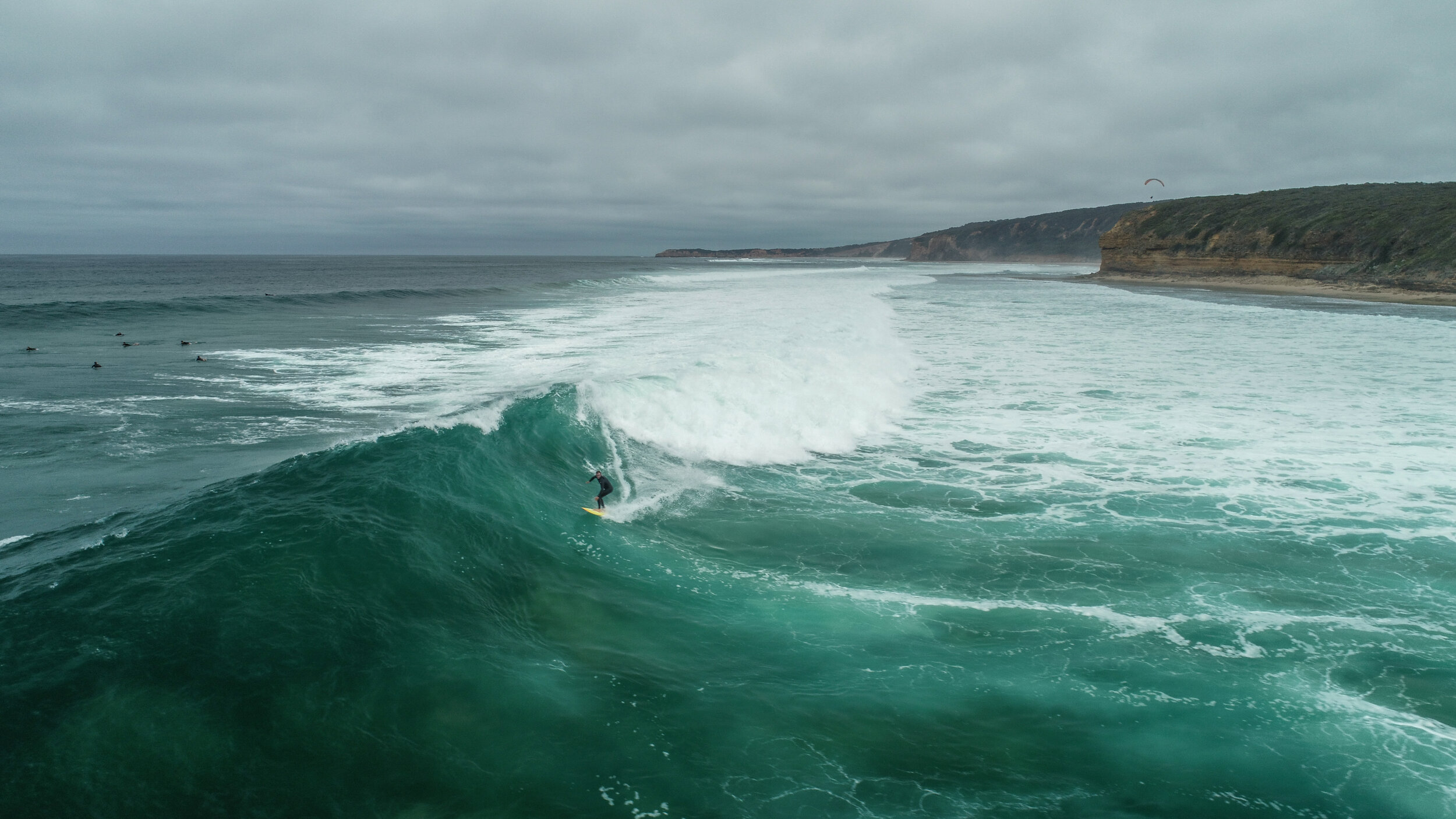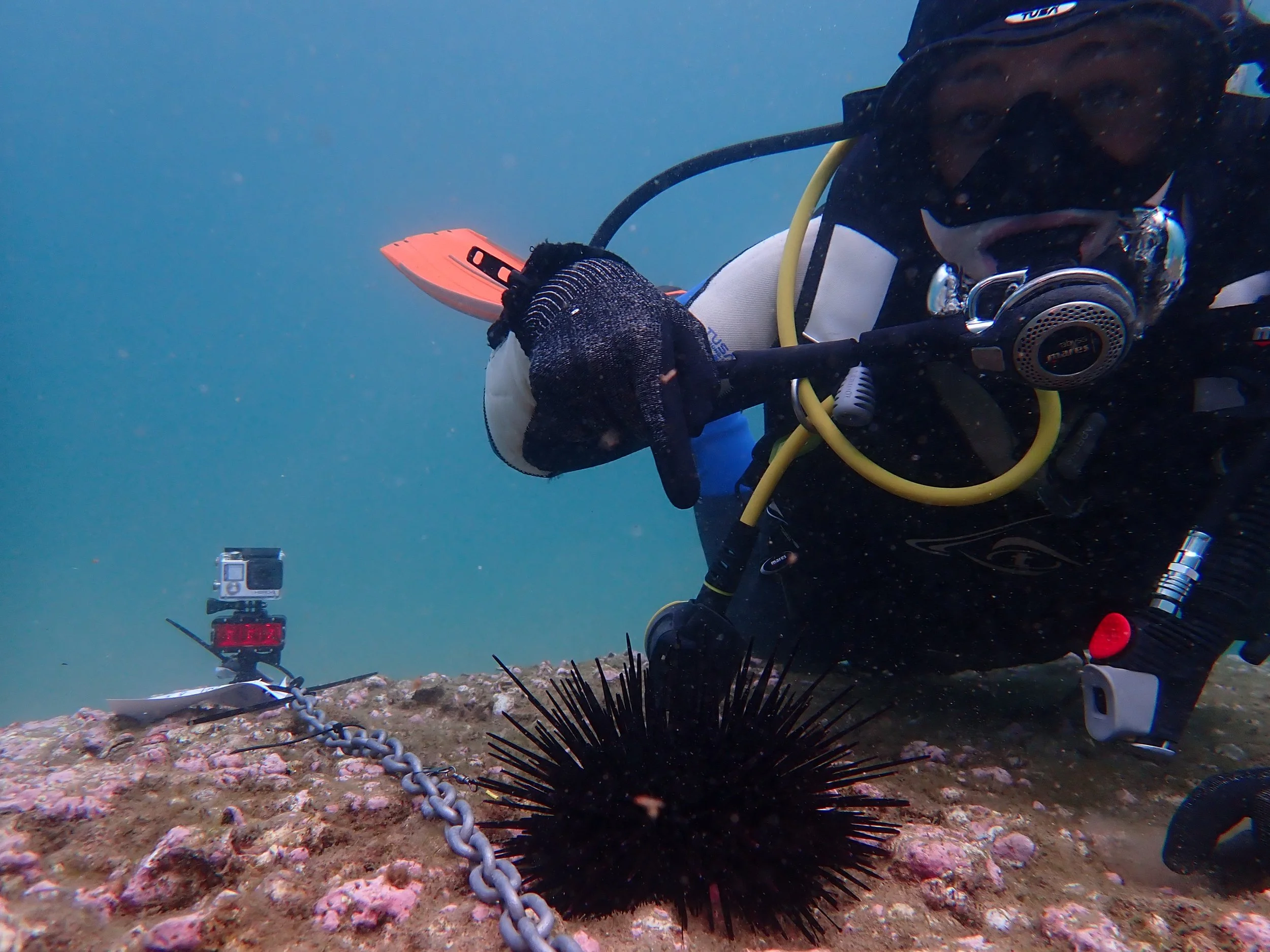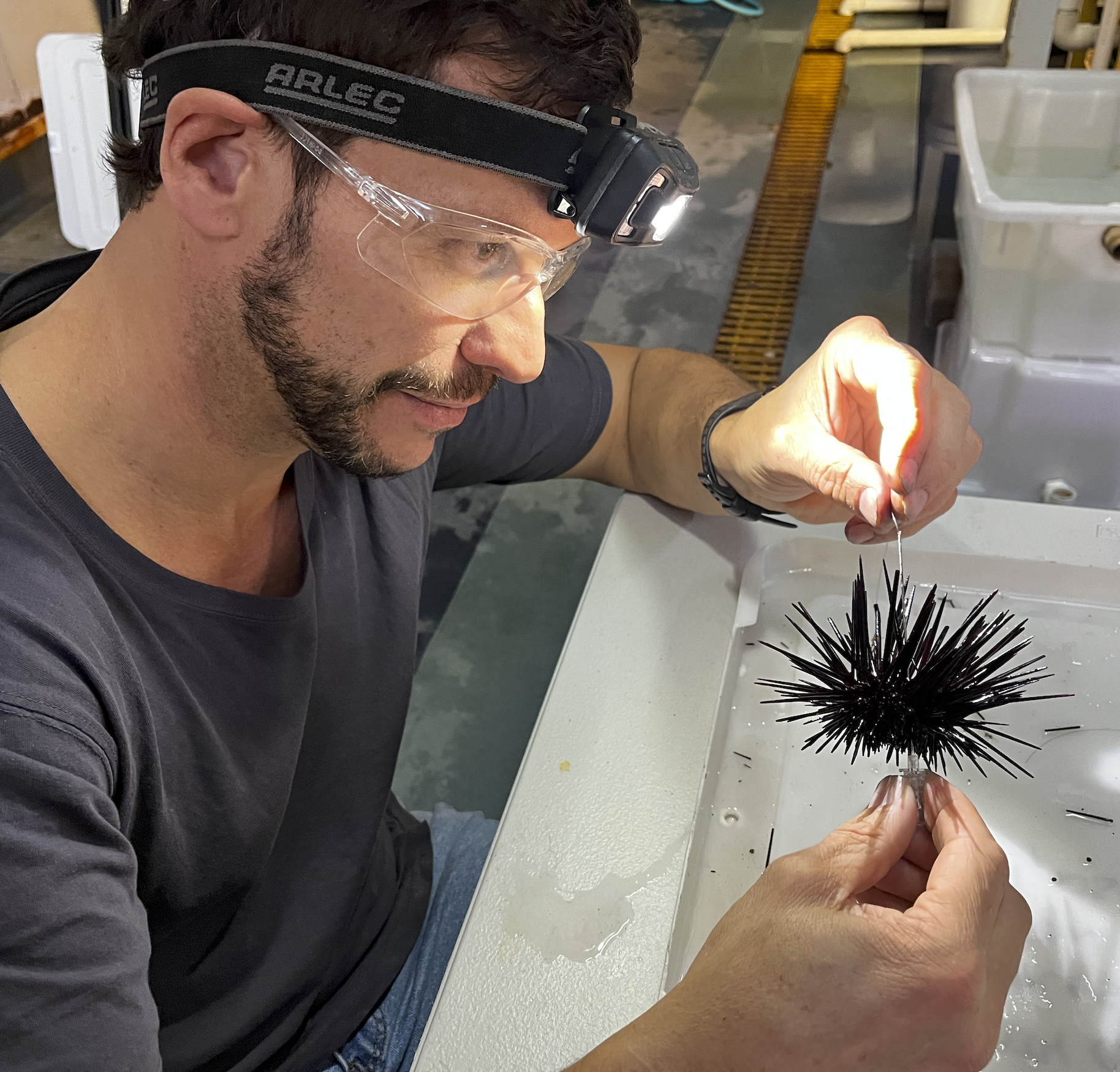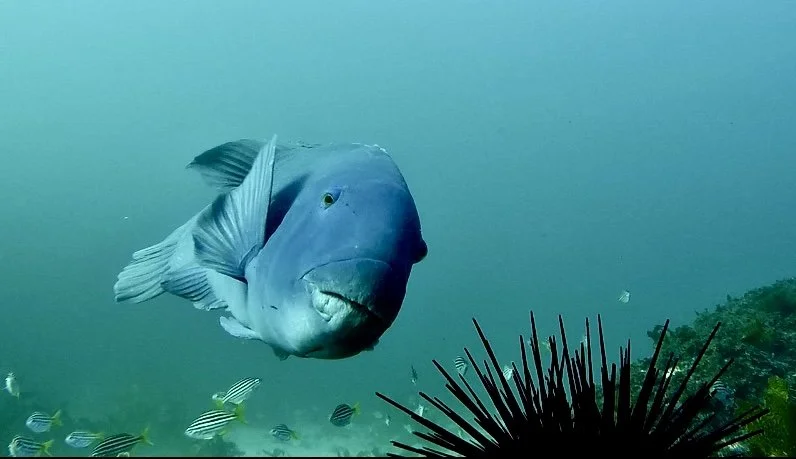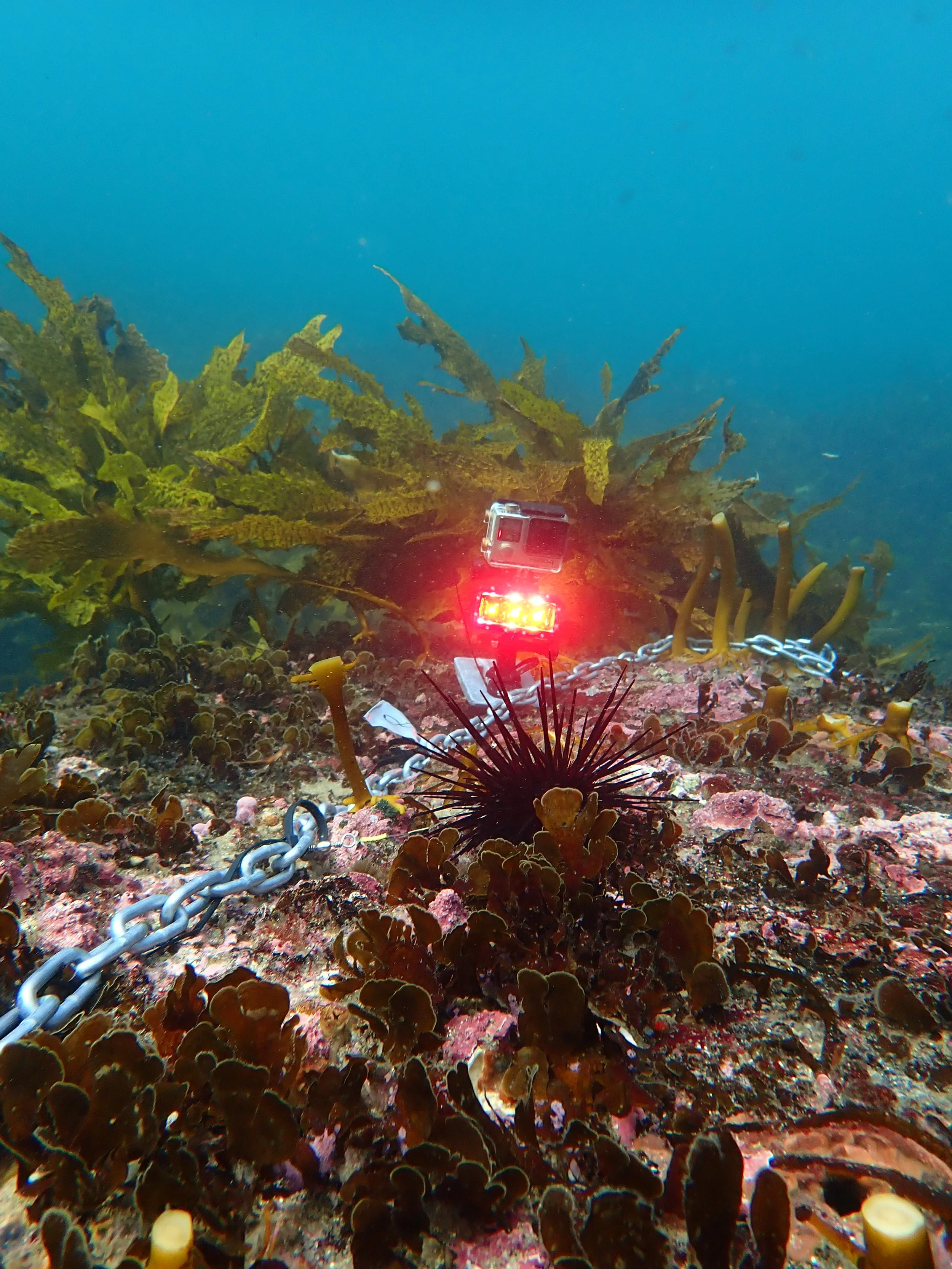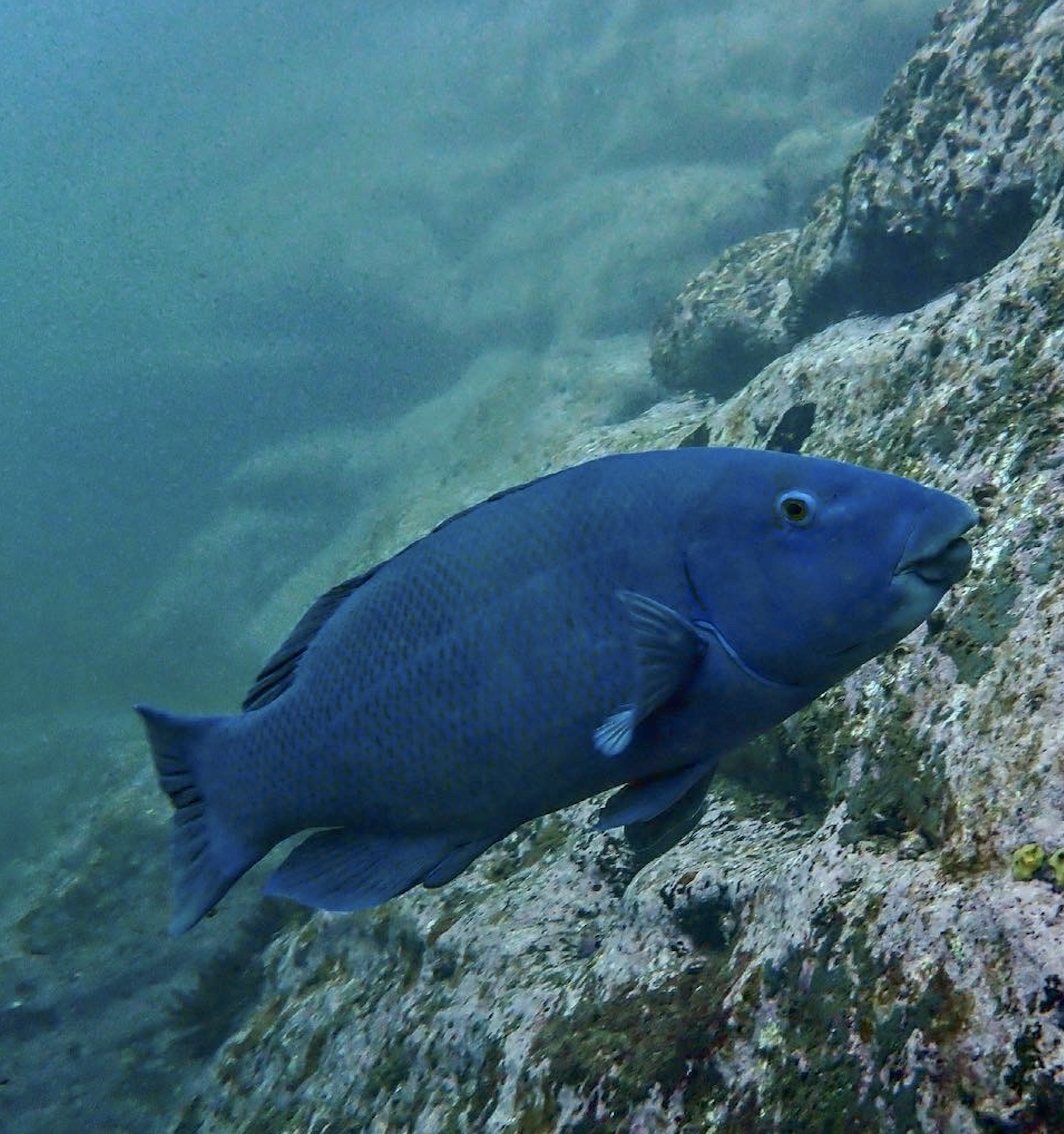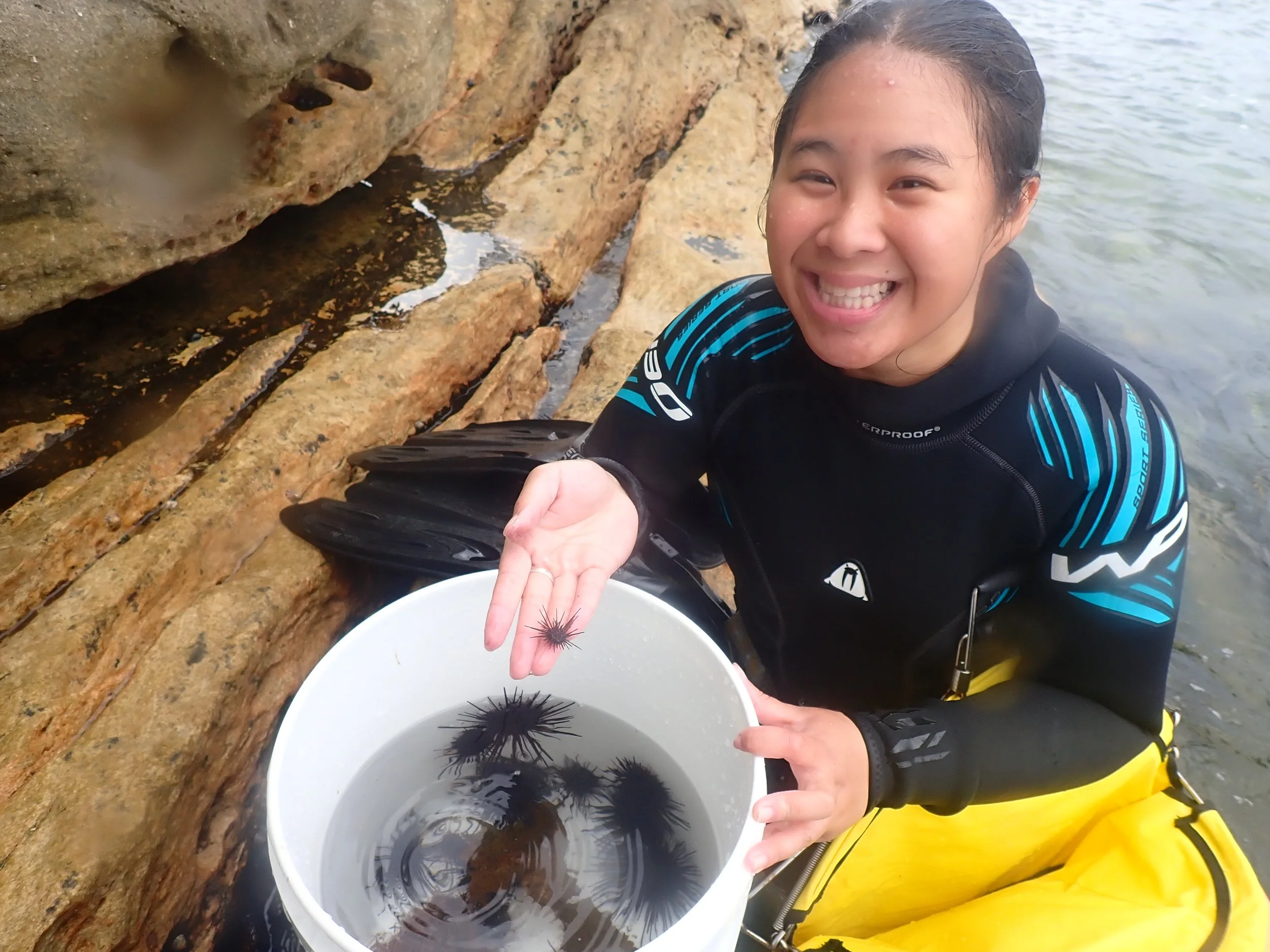Size Matters
Predators and Urchins on NSW Reefs: Why big predators and the diversity of smaller ones shape reef dynamics.
When Jessica Nguyen first started diving the reefs around Sydney, she was struck by the sheer number of longspined sea urchins (Centrostephanus rodgersii). “As a dive guide, I’d always get questions like: ‘There’s so many urchins, they must be a pest,’ or ‘What eats them, they’re so prickly,’” she recalls.
Those simple questions revealed a knowledge gap that would eventually shape her honours project at UNSW, in collaboration with Adriana Vergés and scientists Scott Ling and John Keane from the University of Tasmania.
Chasing Crucial Clues
Longspined urchins are a natural part of NSW reefs, but when their numbers surge, they can strip kelp forests bare, creating urchin barrens. Previous research identified a few predators - snapper, eastern rock lobsters, Port Jackson sharks, and the eastern blue groper - but the picture was incomplete.
Importantly, scientists also didn’t know how predator ability changed with prey size: could small fish handle only small urchins, and were larger predators needed for the big ones? Jess set out to answer that.
Surgery & Surfboards
Answering that question meant long, meticulous days in the field. Jess describes the effort:
“It takes around three days from the lab to the field to set up these urchin arrays… carrying 24 cameras with weights, 13 chains, all the urchins, garden pegs - it was very heavy. We ferried the gear out on my old surfboard, then free-dived it down before setting up on scuba.”
Each urchin, surgically tethered in the lab the day before, was fixed to the reef floor and filmed by a camera. After two hours, the team collected the footage, leaving the urchins overnight to record any further predation.
Groper Takes Centre Stage
When the videos were analysed, one species dominated.
“I expected the eastern blue groper to eat urchins, but I didn’t anticipate it would dominate predation so clearly,” Jess says. Large male blue gropers (Achoerodus viridis) were responsible for three-quarters of all attacks and were the only predators capable of consuming urchins across the full size range, from tiny juveniles to 10-centimetre adults.
Smaller fish - bream, wrasse, and leatherjackets - joined in, but only on the tiniest urchins. Jess admits she had hoped a lobster would appear on camera, but none did. “One of the more surprising findings was seeing yellowfin bream feeding on urchins. Our small bream were munching on a small urchin, but maybe they could eat a big one if they were larger.”
Power in Predator Diversity
Another striking result was the effect of predator diversity.
“Finding that reefs with more predator species had faster urchin predation really showed the importance of predator diversity, not just abundance,” Jess explains.
Different species target urchins in different ways - some go after small juveniles, others feed at night, and large males like the groper flip over hefty adults. Together, this diversity keeps pressure on every size class of urchin, reducing the risk of population booms.
Lessons From History
In the 1950s and 60s, eastern blue gropers in NSW were heavily targeted by spearfishers. Records show their numbers and average size dropped sharply during that period. While there were no systematic surveys of reef ecosystems at the time, divers recall seeing sea urchin populations increase three- to four-fold once the large gropers were gone.
Jess’s findings shed light on why that may have happened. Her study revealed that only big male gropers can consume urchins across all size classes, including the largest individuals. Without them, adult urchins are far more likely to survive, potentially fuelling the overgrazing seen in those decades. The historical anecdotes and the new experimental results together suggest that predator size structure influences how reefs function, and that the loss of large individuals can alter the pressure on prey populations.
Why the Ban Matters
Today, eastern blue gropers are protected across NSW, with a full ban on fishing extended until at least 2028. Jess’s work helps explain why that decision matters: by safeguarding large males, managers are protecting not just an iconic species but also the ecological role it plays in holding back urchin numbers and keeping kelp forests intact.
Beyond Daylight & Shallow Reefs
The paper notes that lobsters in particular are important urchin predators in Tasmania, where large individuals can consume big urchins that smaller lobsters can’t. Similarly, the Port Jackson shark’s large gape and crushing teeth suggest it could be effective against urchins, even though they weren’t observed in this study.
Urchin barrens also extend far deeper than the study’s six-metre limit. In deeper waters predator communities can look very different, and future work will need to capture those dynamics. As the authors point out, understanding how predators operate across depths and times of day is essential if we want a full picture of what keeps urchins in check.
The study also acknowledges what it couldn’t capture. The tethering experiments were carried out in shallow water and filmed during the day. That meant nocturnal predators like lobsters and Port Jackson sharks weren’t recorded, even though both are known to feed on sea urchins.
Spiny lobsters (Sagmariasus verreauxi) and Port Jackson sharks (Heterodontus portusjacksoni) were locally present, but the cameras didn’t capture them feeding. This wasn’t surprising: both tend to forage at night, and their abundances are low in the Sydney region due to fishing pressure.
Complex Reefs, Complex Futures
But even if predator numbers recover, reefs don’t always bounce back. The paper highlights hysteresis - the idea that once a kelp forest flips to an urchin barren, it may not return on its own. As the authors note, these barren states can be resistant to reversal, meaning additional measures may be needed to shift reefs back to kelp dominance.
Jess reflects: “Kelp forests face multiple pressures from climate change and pollution, this makes it hard to bounce back even as large predators recover. It won't be an instant fix, reefs may not automatically return to a healthy kelp state.”
This means that predator protection alone isn’t enough. Active interventions including reducing urchin densities in specific hotspots, rebuilding predator populations, and trialling kelp restoration may be required to push reefs back toward a healthy state. As Jess and her co-authors stress, it’s not about a quick fix but about recognising the complexity of these ecosystems and committing to long-term, adaptive management.
Jess’ research was published in Marine Ecology Progress Series on 2nd of October, 2025.
